What are the jianghu schools in the bustling world of flower drawing?
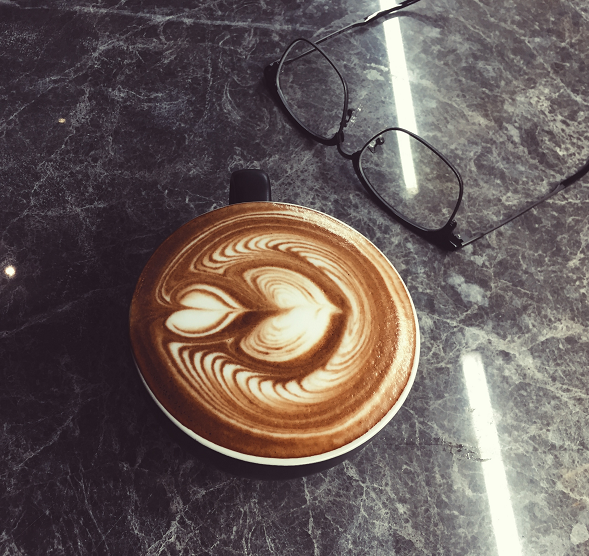
When we talk about art, what are we talking about? The notes jumping under Beethoven's black-and-white keys, the vast starry sky on Van Gogh's canvas, and tears in the eyes of Marina Abramovik, a long-haired red dress at the Museum of Modern Art in New York, when she met her soul mate. All these can bear the weight of the word "art", because they come from life and make life better. When coffee meets milk, the art in the cup carefully carved by craftsmen with milk jars may not be as strong as other art forms to shake the heart, but it is the touching taste of living in subtle places, adding a touch of beauty from diet to a peaceful life, just as precious.
Tracing back to the origin, where did the flowers come from?
Opinions vary in the industry on the origin of latte art. Some people say that latte art originated in Europe and the United States, is a difficult professional technology to attract the eye when displaying coffee; others say that in the 1980s, an American named David Schomer poured the milk into a concentrate when making takeout lattes for guests, and accidentally formed a beautiful pattern, which became the embryonic form of latte art.
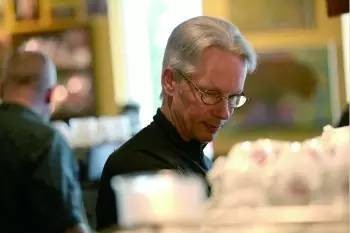
Although there are different opinions, it does not affect the charm of latte art at all. As soon as it appeared, it quickly swept the coffee industry with its exquisite and beautiful appearance. Baristas have also gradually developed a variety of different punching techniques, creating heart-shaped, leaf-shaped, tulip-shaped, rose-shaped and other delightful patterns in the cup. After several generations of coffee people's continuous research and creation, latte art has also developed from the beginning blindly pursuing the presentation of patterns to the realm of integrated foam density, espresso quality, fusion skills, and patterns in one state of color, flavor and flavor. The collision between coffee and art also opens another door to the coffee market: using latte art to attract customers to stimulate consumption and promote the popularization and development of coffee culture.
A brief Analysis of the Art School of latte
Like painting art, latte art also has schools, and one of the important factors contributing to its formation is the cultural differences of different countries. in addition, the differences in the evaluation criteria of latte events also directly lead to the diversity of flower drawing art.
At present, the two most influential latte art events in the coffee industry are:
1. The World Latte Art Competition (World Latte Art Championship, hereinafter referred to as WLAC), sponsored by the World Coffee Organization (WordCoffee Events, hereinafter referred to as WCE)-began in 2006
2. LatteArt World Championship Open-- organized by Coffee Fest started in 1992.
Throughout the latte art world, Asian works are among the best in all major competitions, and there is a tendency to sweep the top three in recent years. The development of latte art in Asia has also become the main reference basis for editors. based on the opinions of all parties, we classify latte art into three factions:
1 traditional academic school
This genre features only milk and coffee, pouring the foam directly into espresso (a technique known as Free Pour), using different dumping techniques and techniques to shape the pattern in the cup, emphasizing the aesthetic symmetry of the pattern and the sharpness of color contrast. This faction has high technical requirements for milk foam, and the lighter and denser the milk is, the easier it is to make patterns. (dot dot? That milk is more suitable for lattes! )
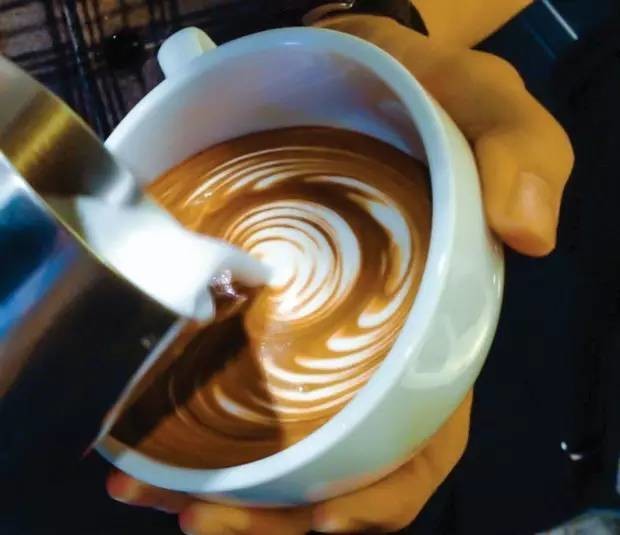
Advantages: soft taste, high food use, clear pattern lines, architectural beauty
Disadvantages: because there are no other auxiliary tools in the creative process, the presentation form of the pattern is relatively simple, mainly heart-shaped, leaves and flowers.
In the main combination, the color is only the two primary colors of coffee and milk, and the creative space is limited.
Japanese book
Key words: embossing
Pull out extremely fine lines on the coffee with thick milk and stack layers to form a pattern.
Representative figures:
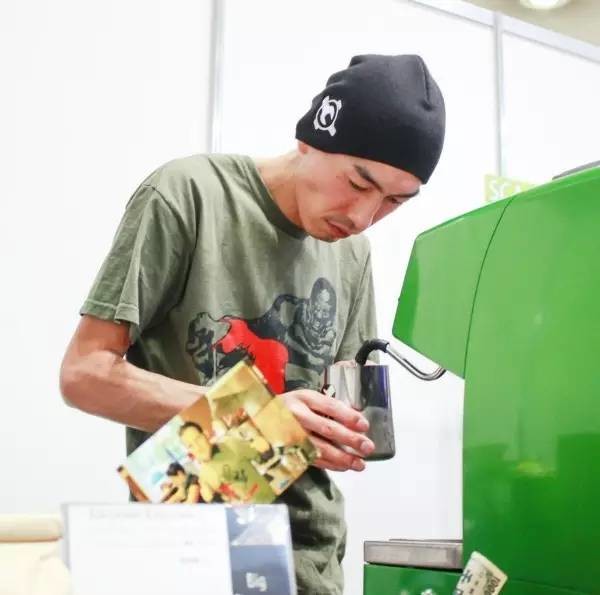
Japanese barista Hiroshi Sawada, the 2008 Coffee Fest champion, has deep attainments in embossing.
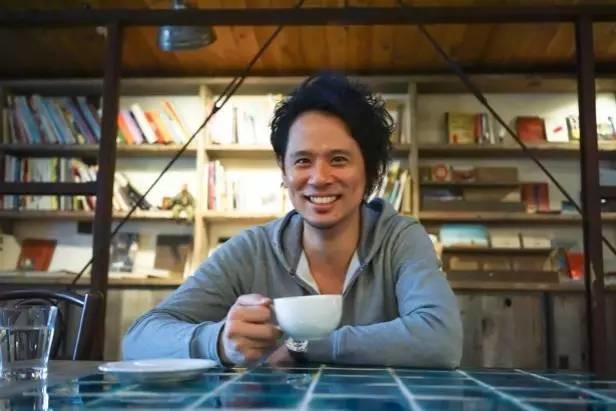
Junichi Yamaguchi spread the embossing technology through Facebook, quickly won a large number of fans, but also let this pull flower genre into its own vein, deeply recognized both inside and outside the industry.
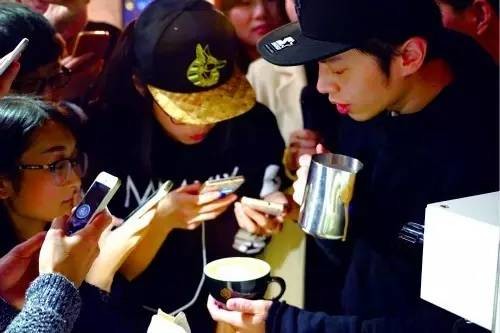
The new Coffee Fest Tokyo champion Xie Weisheng is also one of the best.
South Korea
Key words: pattern combination
Through the combination of different basic patterns to achieve visual beauty, in the early years to pull out more patterns in a cup of coffee is a very powerful thing.
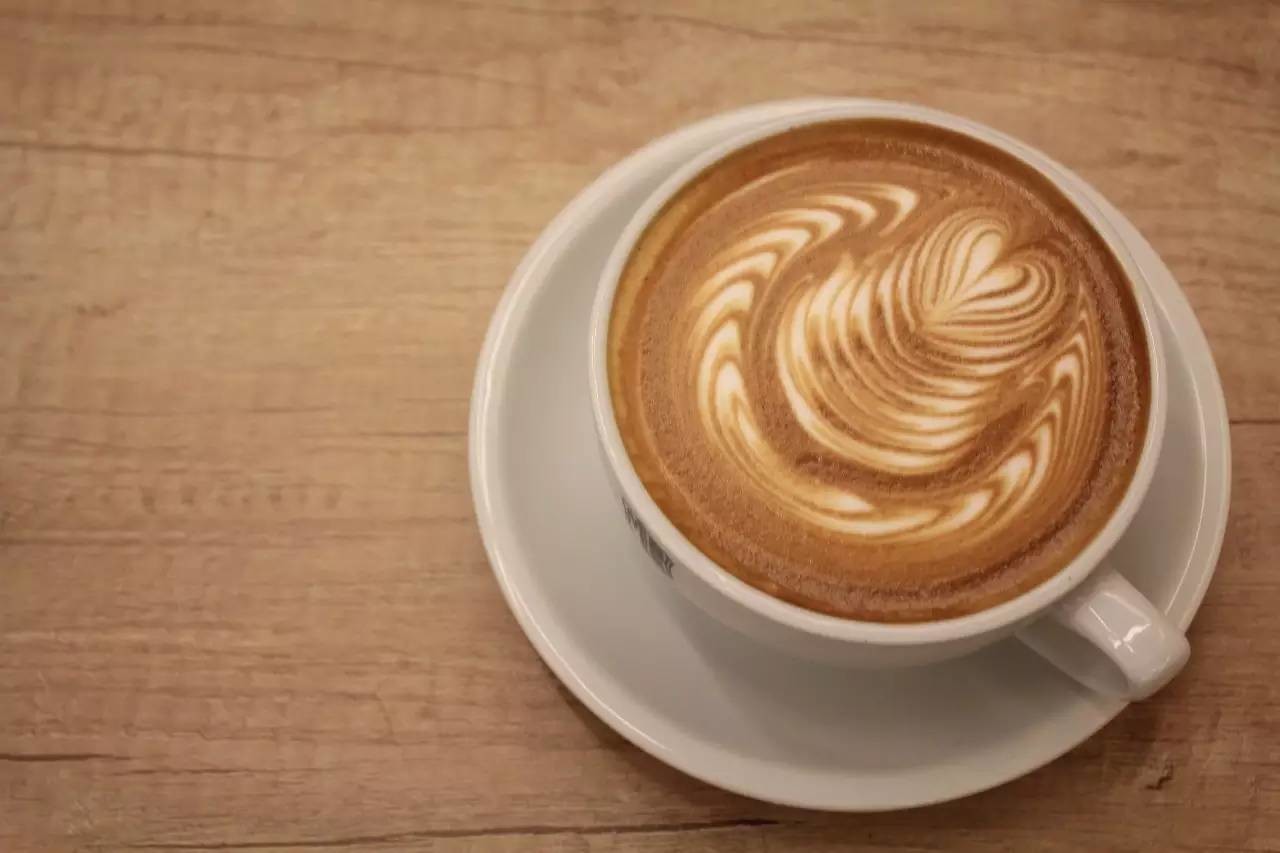
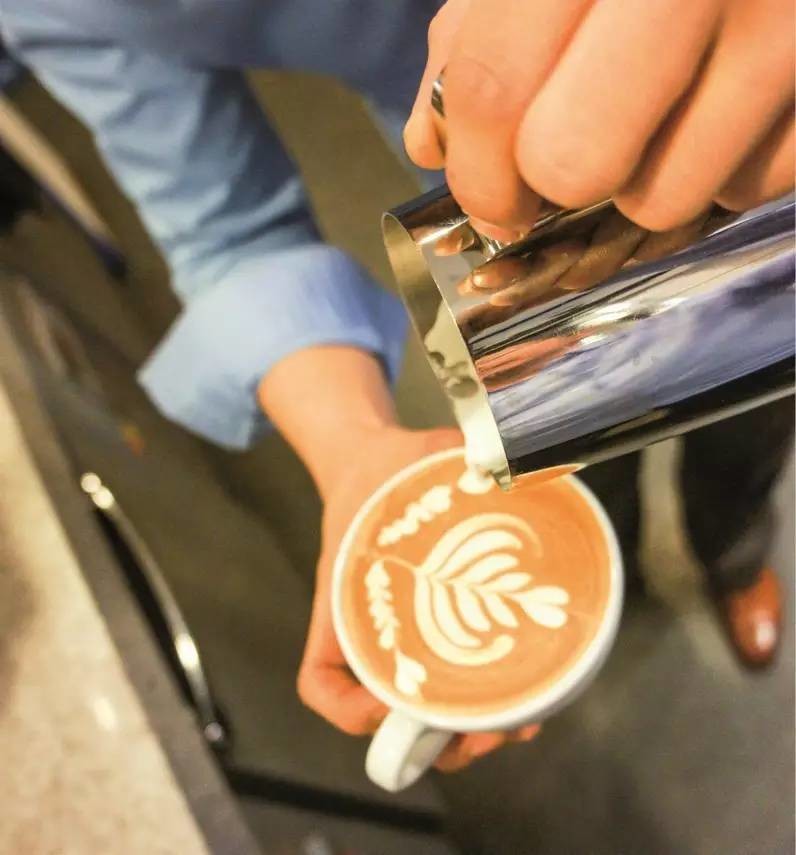
YoungminLee, the father of Korean baristas, promoted latte art in Korea.
2 figurative expressionist school
The style of this faction is to restore various figurative objects to latte art, or to pour milk into espresso to present the basic figure, followed by carved needles and other tools and food pigments to outline lines. This faction is common in WLAC events. In recent years, it has also created a new world with changeable animal and plant patterns.
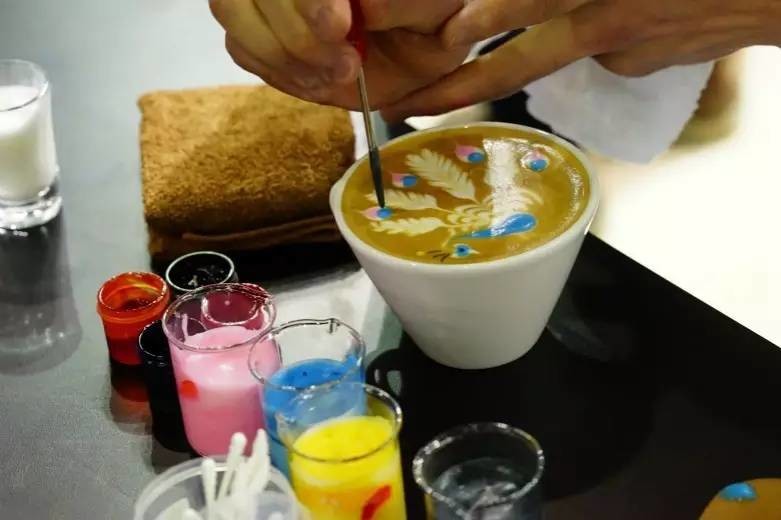
(the picture shows the art bar work of Li Tao, the runner-up in 2016WLAC China.)
Advantages: a wide variety of patterns, high value of art appreciation
Disadvantages: if the pattern is complex, the longer production process may affect the taste, in addition, due to the use of food pigments and tools, reduce the use of food.
Representative figures:
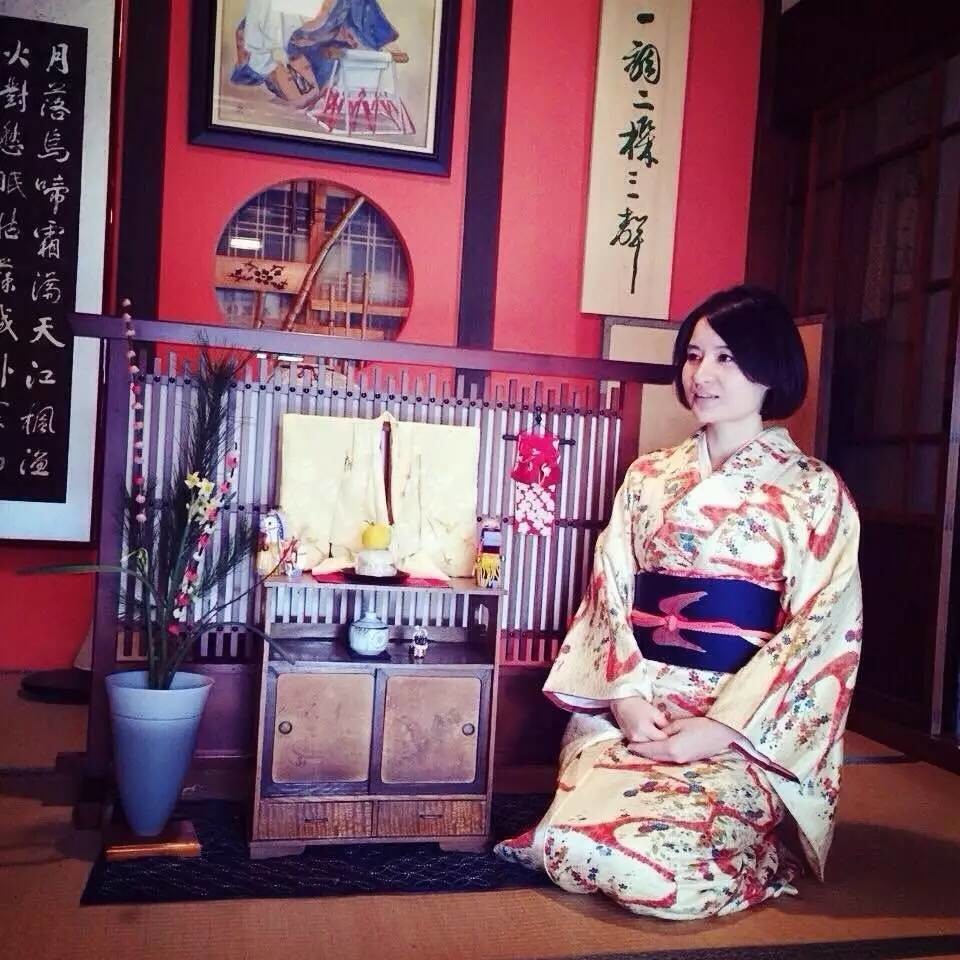
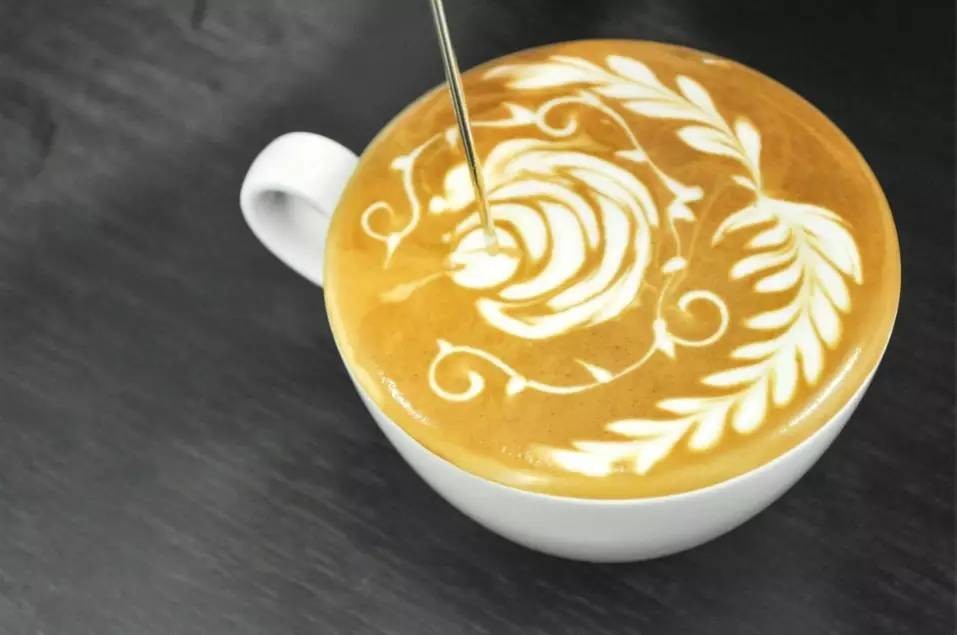
Hisako Yoshikawa from Japan opened up another field of latte art with its stunning rose patterns in the 2013 World pull Flower Art Competition.
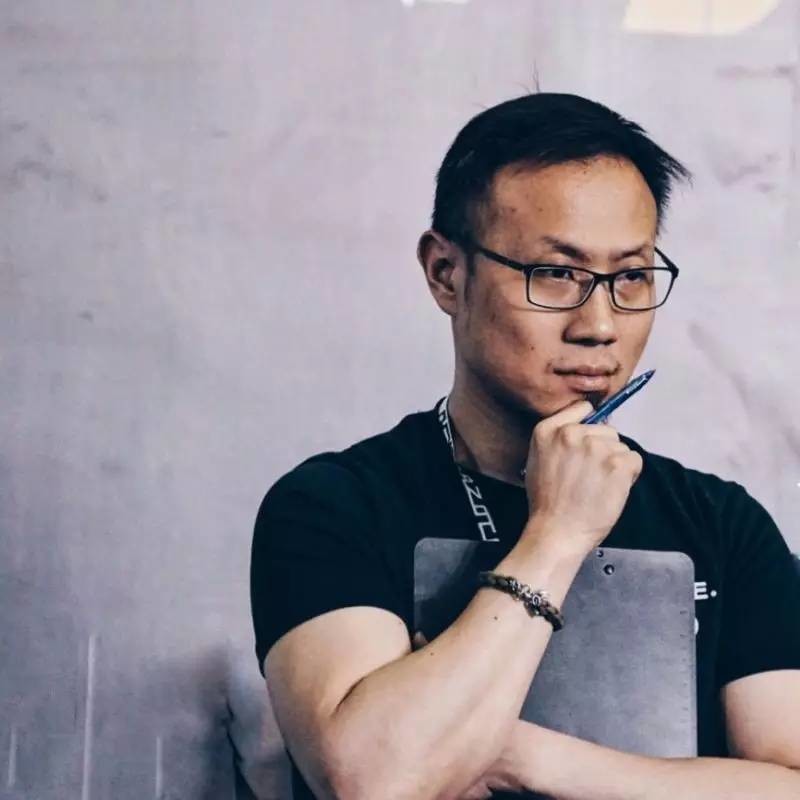
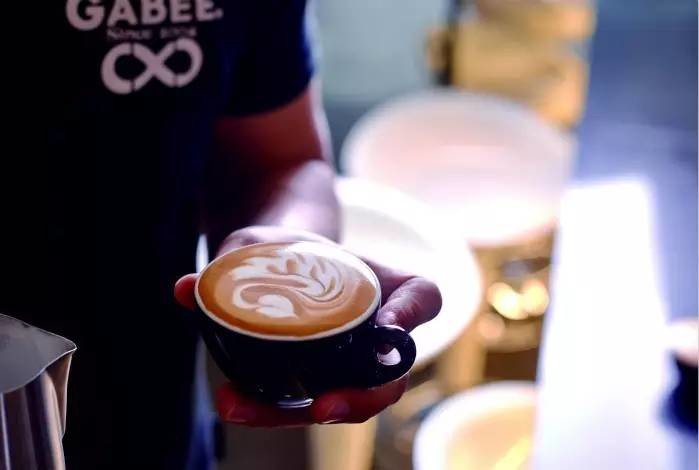
Lim Dong-Won, who has won many coffee competitions in Taiwan, created the swan pattern and will promote the development of early coffee flower drawing technology in China.
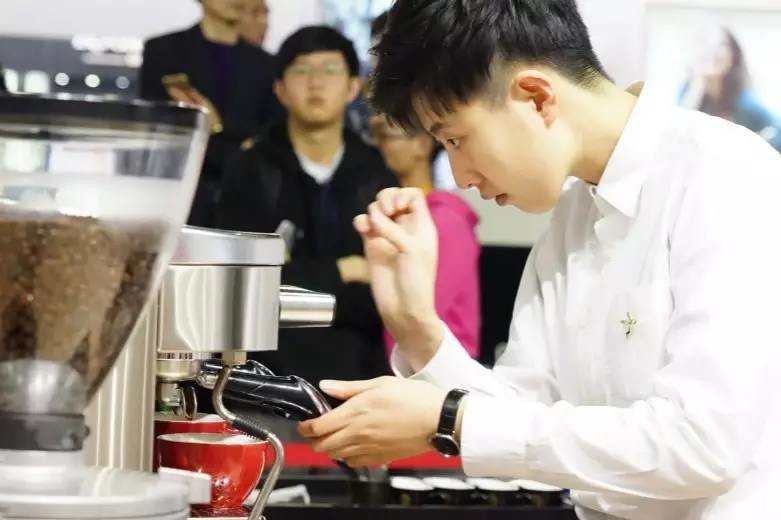
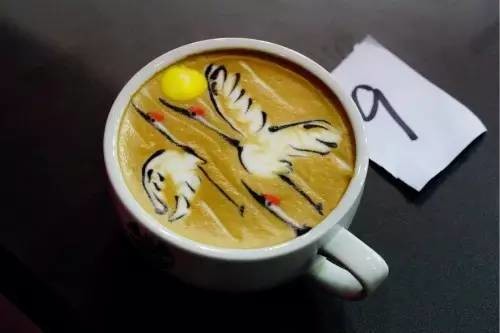
In the 2016WLAC China competition, Li Qi and Li Tao from Mellon Coffee won the first and second place with their solid technical skills and creative graphic design. One of the most impressive is that Li Qi created new ideas with sunsets, cranes, waves and other patterns. The picture of Yunhe created by champion Li Qi presents the Chinese-style figure of Yunhai Flying Crane with smooth lines and dynamic design. Speaking of the competition, Li Qi said: "the test of the flower competition is not just whether the contestants are skilled or not." As a barista, the affinity when interacting with people and the management ability of the bar are also the parts that the judges pay attention to. " Naturally fond of acting, although she was so nervous that her whole face flushed during the competition, she still did not forget to interact with the judges and express her ideas while completing the work.
With the development and growth of the Asian coffee market, the performance of Asian players in the international coffee competition is becoming more and more outstanding. This time, Li Qi chose the landscape map as the control, and the creative technique of abstract reduction to the flower cup opened up the creative world of coffee flowers. I believe that this creative technique will bring us more surprises in the near future, and we also look forward to her achieving good results in this year's world competition.
(3) Innovation and development school
The most typical representative of this school is to present artistic and creative two-dimensional and three-dimensional graphics in latte cups without limiting any conditions, using milk and coffee as basic materials, supplemented with various tools and seasonings. at present, this kind of faction is familiar with the methods of stacking milk bubbles in cups and shaping them into three-dimensional patterns with chocolate sauce and carving tools. And draw patterns directly in espresso cups containing milk with syrup and carved needles.
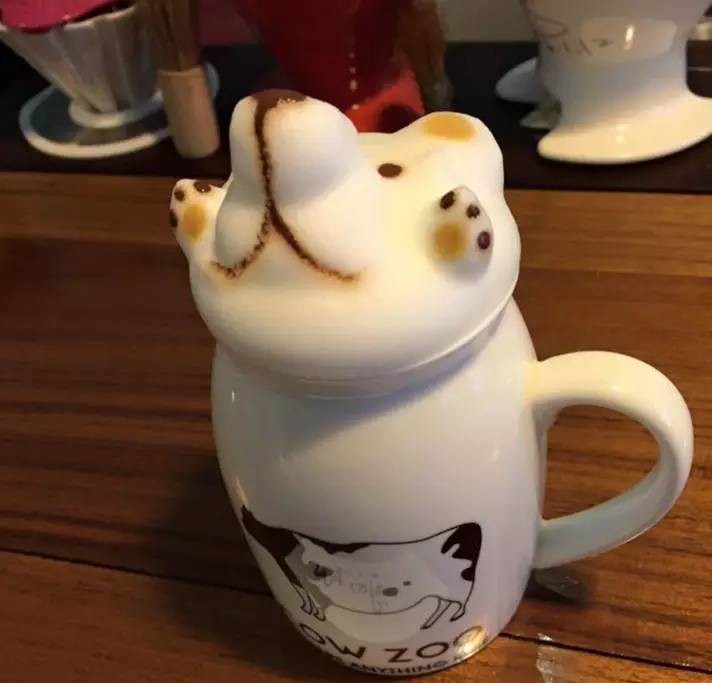
Advantages: very creative, closest to the art of painting and sculpture.
Disadvantages: low food use, low replicability, and difficulty in daily bar operation.
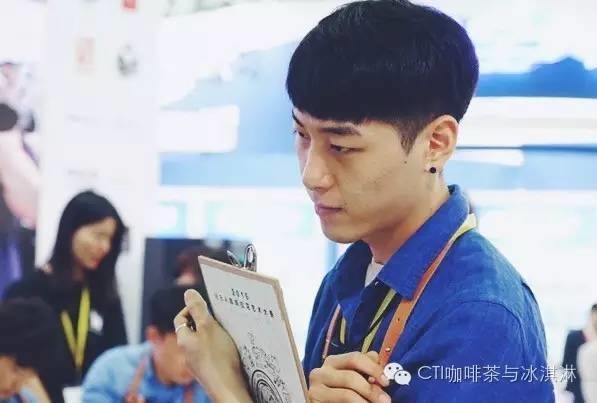
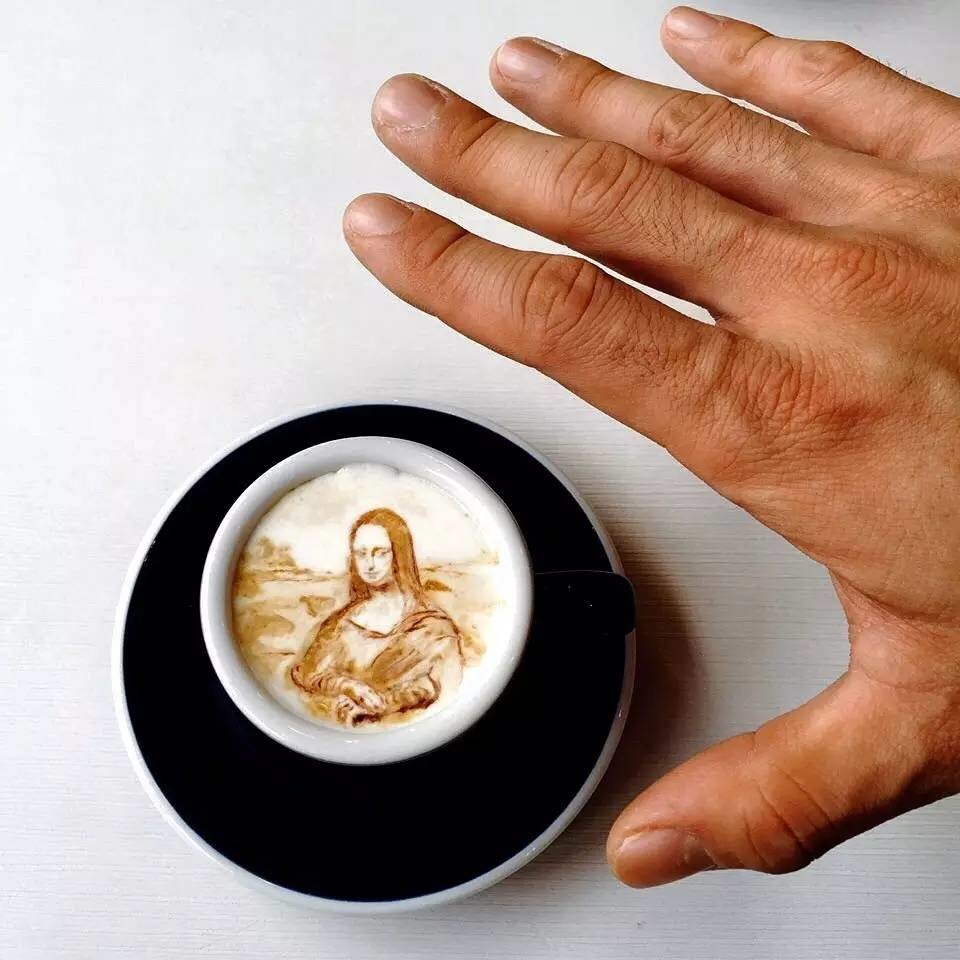
At present, this school is very popular in South Korea, where baristas have elevated the art of flower drawing to a new level and can even restore any pattern in a concentrated cup. In CTI magazine, Kanbing Lee also opens a column to show all enthusiasts the beauty of the art of flower drawing.
KangbinLee, a Korean barista, can even restore various patterns such as the Mona Lisa in the concentrated cup, in addition, by matching music, (kangbinlee's work is here)
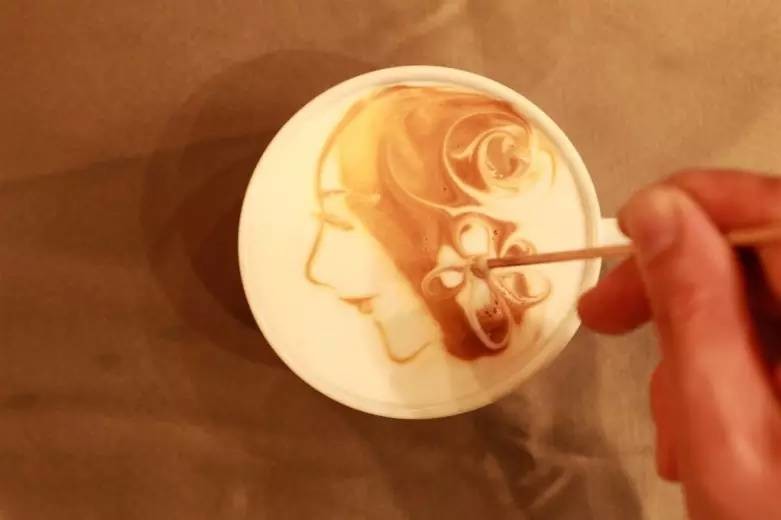
The flower-drawing technique of "encircling method" created by Chinese-American Sammy Lin
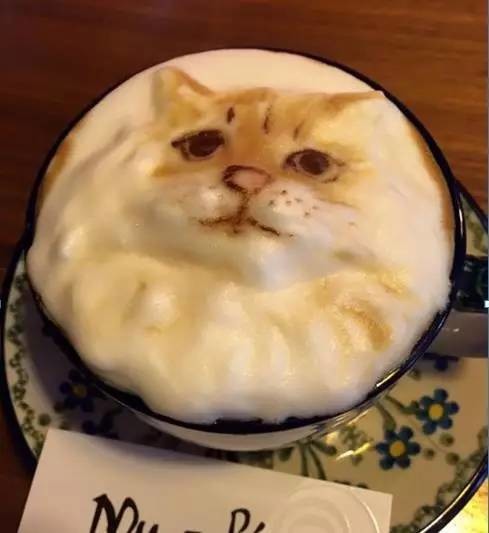
Taiwan's My cofi store manager Zhang Guifang, who is well-known for his 3D carvings based on a variety of cute cartoon characters on Facebook, is also a master of this faction.
The most influential event in the coffee industry

The competition consists of two stages: the preliminary competition and the final, which is divided into two parts: "art counter" and "operating bar". In the "art bar" link, baristas have 5-10 minutes to prepare. The judges will judge according to the "creativity of the pattern" and "overall vision". In the "operating the bar" session, the contestants have 5 minutes to prepare and 8 minutes to create. Contestants are required to present two cups of "Free Pour lattes" and two cups of "designer lattes". The former can only be used by "direct injection molding", while the latter can be supplemented by a variety of tools and pigments. Only the "operating the bar" session will be retained in the final stage. The scoring items mainly include graphic reduction, foam quality, pattern contrast, pattern innovation, difficulty coefficient, creativity and so on.
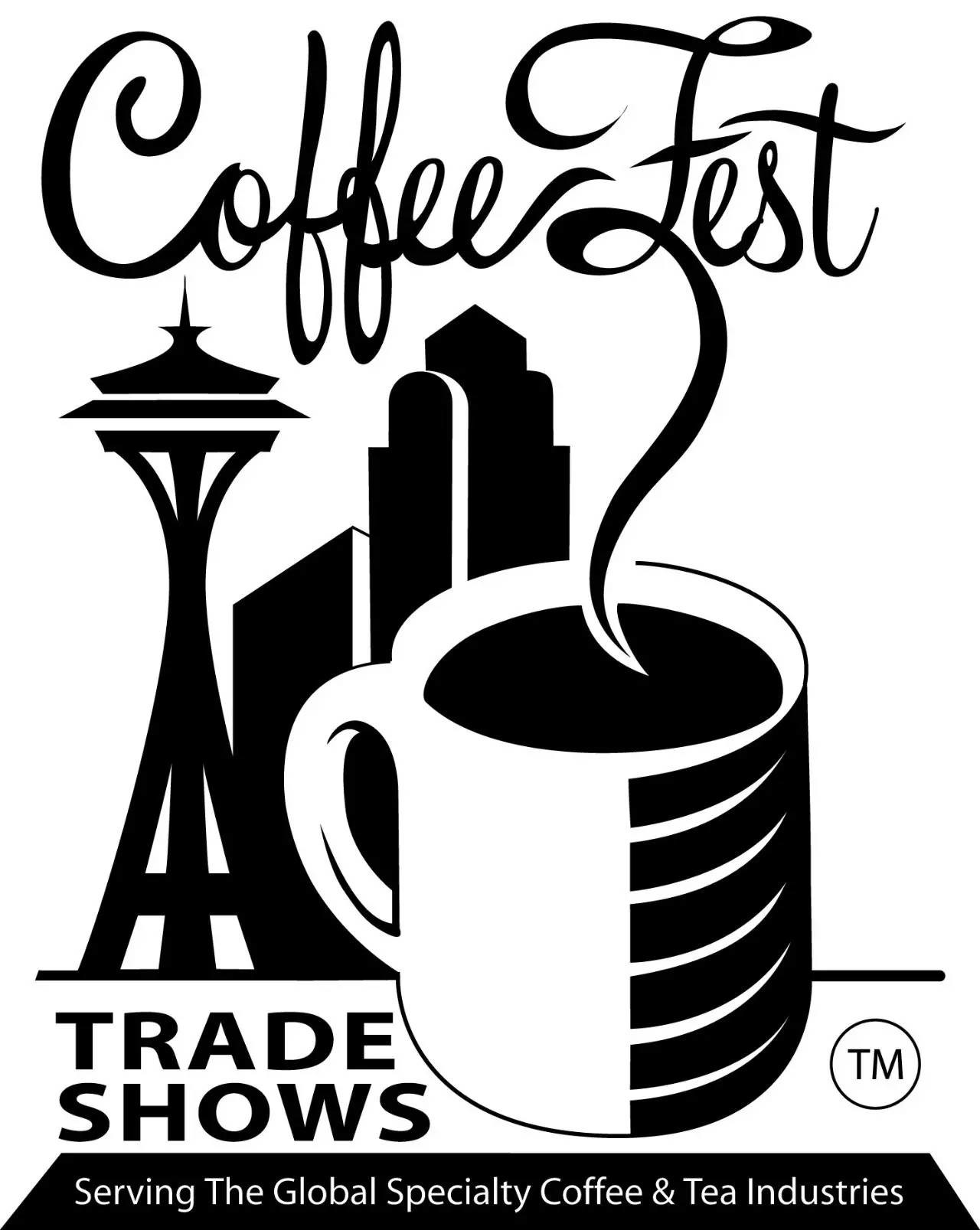
Coffee Fest: since 1992, it has a high degree of freedom because there are not too many rigid rules in the competition, for example, contestants can even carry their own coffee cups and milk tanks for competition. In the scoring criteria, mainly from the aesthetic feeling, accuracy, color fusion, difficulty and creativity, speed of the five items, the highest comprehensive score will win the competition.
The focus of the scores of these two major events is different, relatively speaking, WLAC pays more attention to the artistry (beauty) and innovation presented by the flower, so it is common to have a wide variety of patterns supplemented by food pigment in the competition, and the content and style of the cup blossom according to the cultural differences of different places. Coffee Fest requires all contestants to create in the way of "direct dumping", while the natural scoring standard focuses on pattern aesthetic symmetry, line clarity, color contrast and so on. According to the different requirements of the competition, the industry has gradually formed different schools of coffee art.
In addition to these two world-class coffee competitions, there are also a wide variety of other pull competitions in the coffee industry, such as TNT draw Competition, PCA draw Competition, chain Brand Internal draw Competition, and so on, while CTI China also held the first pull Competition last year. It has to be mentioned that competition is always a necessary and sufficient condition to promote the development of the industry, and the prosperity of the event will bring infinite possibilities for latte art.
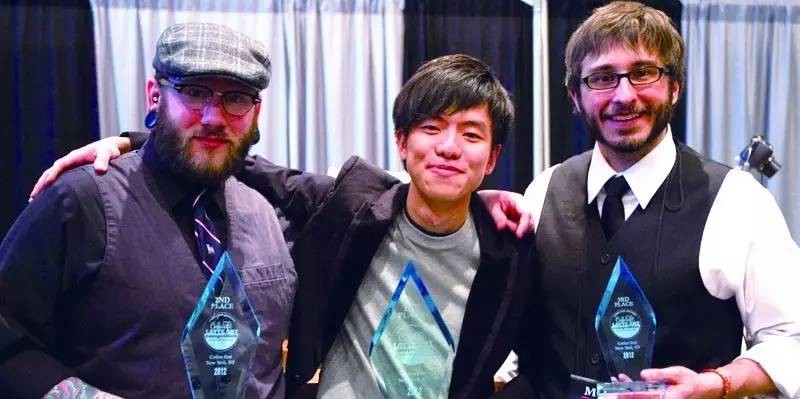
The first person in history to win the CoffeeFest flower-pulling contest was Kim Yeung from Hong Kong, China.
Although latte art has made a great contribution to the whole coffee industry, more and more people like coffee because of the art of flower drawing, but the ensuing crisis is becoming more and more obvious. That is, as more and more baristas focus on latte art in order to cater to consumers' preferences, they will gradually deviate from the professionalism that baristas need most, because whenever, making a good cup of coffee is always more important than making a good cup of coffee.

The biggest difference between latte art and other art forms is that it is not a metaphysical expression, but a real drink in life. When a brightly colored latte is served in front of customers, human instinctive resistance to chemical additives will drive them not to taste it after taking out their mobile phones and taking pictures. Therefore, an artistic creation that is originally designed to be close to and attract customers has lost its original intention. No matter how far we go, don't forget why we set out. This is probably a question that every barista needs to think about.
Important Notice :
前街咖啡 FrontStreet Coffee has moved to new addredd:
FrontStreet Coffee Address: 315,Donghua East Road,GuangZhou
Tel:020 38364473
- Prev
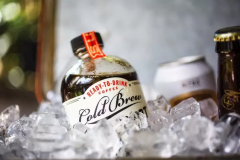
Complete solution of cold coffee technology | iced coffee despises the Cold Brew at the top of the chain
Summer is coming soon, and this is the world of iced coffee again. What, are you still drinking iced American coffee? As soon as summer comes, there is a cup of coffee standing at the top of the chain of iced coffee disdain. From San Francisco to New York, it is a summer favorite of hipster, fashionista and chicken shooters; from Stumptown to Blue Bottle, almost all American boutique coffee manufacturers are green about it.
- Next
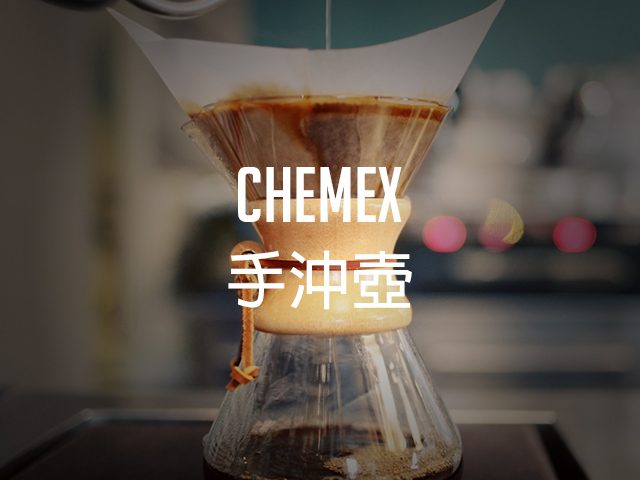
The perfect combination of rationality and madness-- the demonstration course of Chemex hand Pot
Background: in 1941, the German inventor Peter Schlumbohm designed the Chemex hand punch pot. To this day, its exquisite design still keeps the glass funnel in the upper part and the tapered flask in the lower half connected by a detachable wooden handle and fastened with an exquisite leather rope. This unique design has been praised as the perfect combination of rationality and madness, and has become a close relationship between New York and New York.
Related
- What is the meaning of lactic acid fermentation with coffee bean treatment?
- How to judge the state of foam by sound?
- How does the latte pull out the unicorn pattern? Come to get for a little trick to improve the flower pull!
- Will flower pulling affect the taste of the latte?
- Do you know the history of coffee?
- The difference between honey treatment and sun washing what is raisin honey treatment?
- What kind of milk can a novice use to make coffee foam to keep the foam longer? The correct method and skills of milking tutorial sharing
- Why do washed coffee beans taste sour? Flavor characteristics of washed Coffee
- Introduction to the skill of how to practice the size and height of water injection around the circle of hand-brewed coffee
- How do beginners practice coffee flower drawing from scratch?

